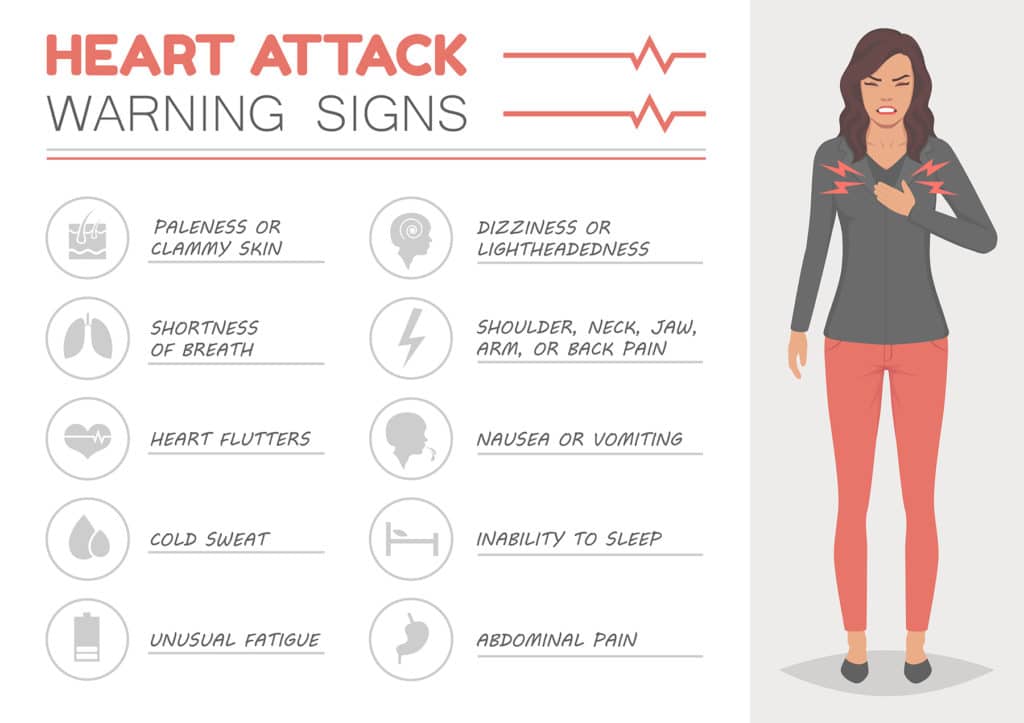For many, the heart attack is a notorious adversary, often perceived as a male-centric affliction. Yet, could it be that doctors frequently overlook the nuanced signs of heart attacks in women? This oversight becomes a gamble with lives, as women experience symptoms differently than their male counterparts. A sobering question looms: Are we adequately aware of the subtle differences in heart attack presentations between genders?
The traditional narrative of heart attacks typically features the classic “crushing chest pain” alongside symptoms such as shortness of breath and radiating arm discomfort. However, women may encounter a more silent and insidious manifestation of these critical episodes. Symptoms such as nausea, fatigue, and even jaw pain can mistakenly be attributed to less urgent ailments. This discrepancy in symptomatology creates a formidable challenge within the healthcare system.
Research indicates that women are often diagnosed later than men, and subsequently, treated less aggressively. This disparity raises crucial questions about how well-trained practitioners are in recognizing atypical presentations. Shouldn’t the medical community strive to enhance their understanding of female cardiac health? A deeper exploration into the physiological and hormonal variances is imperative.
Aside from the alarming discrepancies in diagnosis, societal perceptions complicate the scenario further. Women, often conditioned to prioritize family and work over personal health, may dismiss their symptoms. There lies a challenge: how can society encourage women to advocate for their health without feeling burdensome? Creating a culture that fosters open discussions about heart health is essential.
Moreover, it is vital to consider the role of awareness campaigns and educational initiatives. Fostering an understanding of heart disease risk factors, including diabetes, hypertension, and even stress, can prepare women to recognize and respond to their symptoms. What if we empowered women to be proactive in their cardiac health? A shift in perspective could act as a catalyst for change, urging both women and physicians to take symptoms seriously.
In conclusion, the dialogue surrounding women’s heart attack symptoms necessitates an urgent overhaul. The medical community must remain vigilant in recognizing the signs, while women should be equipped with the knowledge to advocate for their health. If we can bridge this gap, we may very well redefine how heart health is approached for women, ensuring that fewer lives are diminished by a lack of awareness and understanding.
